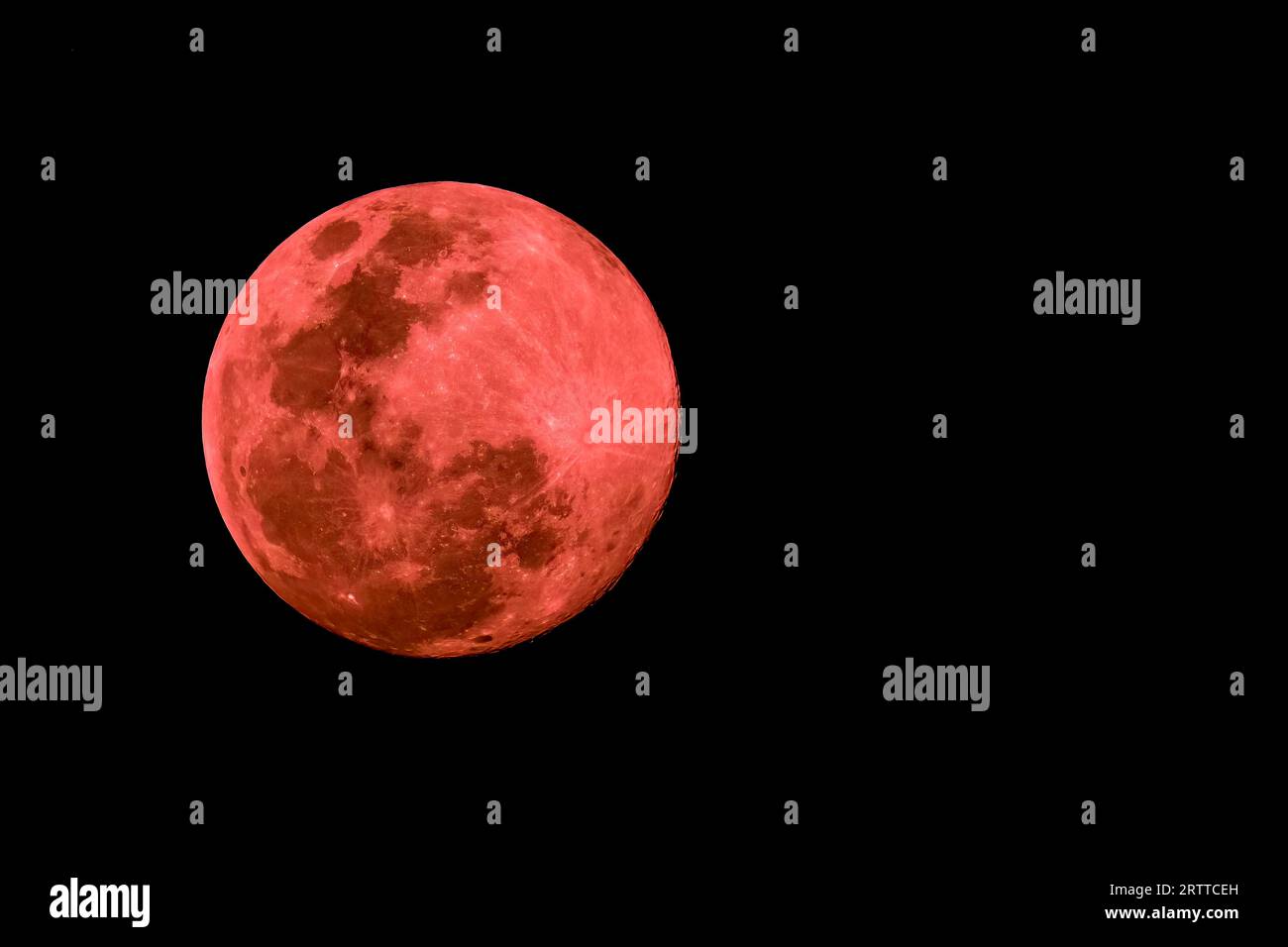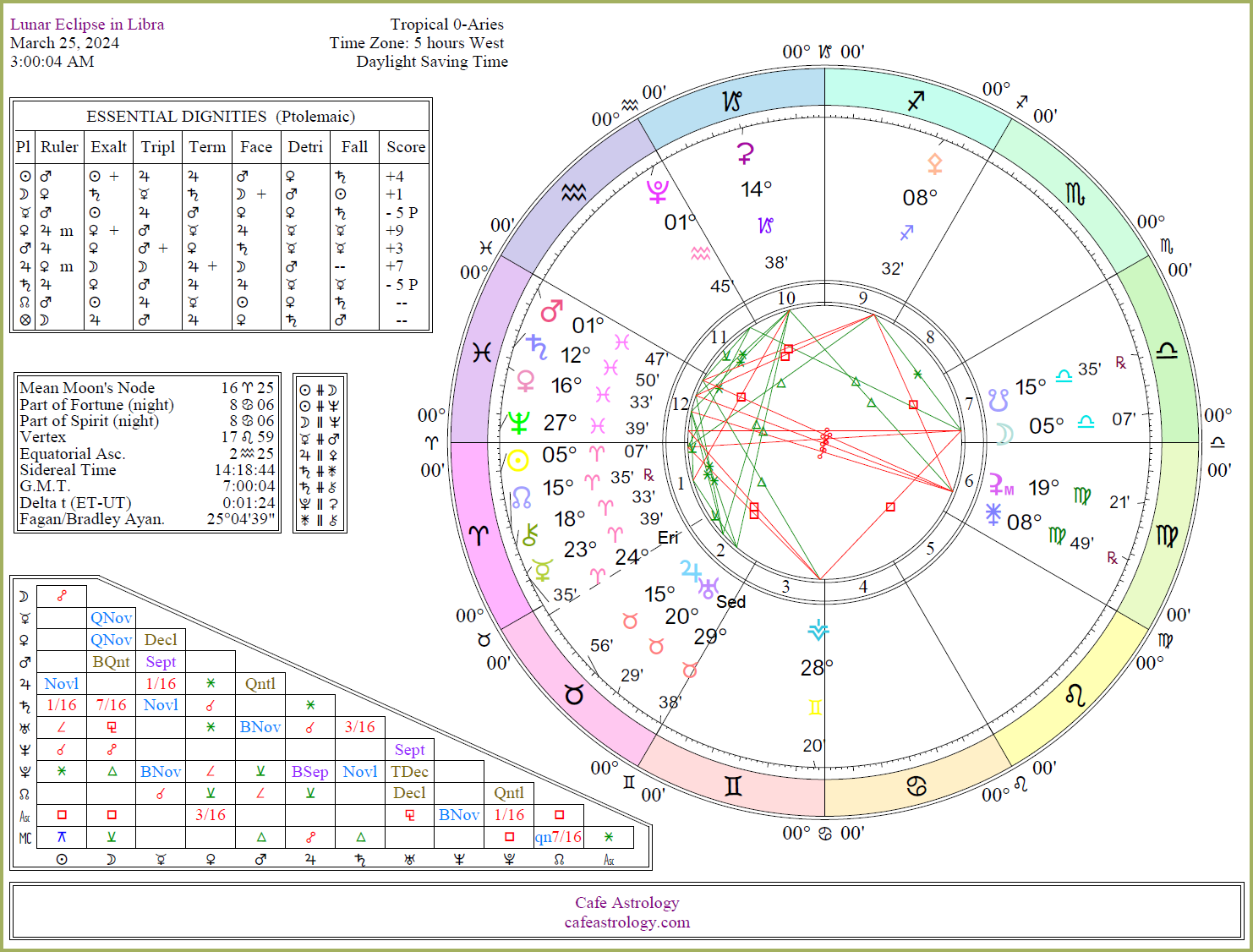Witness the Spectacle: Lunar Eclipse in March 2023
The moon has always been a source of fascination for humans, and its various phases have been a part of our cultural and astronomical heritage for centuries. Among the most spectacular and rare lunar events is the lunar eclipse, also known as the Blood Moon. In March 2023, a rare lunar eclipse is expected to take place, offering a unique opportunity for stargazers and astronomers to witness this breathtaking spectacle. In this article, we will delve into the details of the lunar eclipse, its causes, and how to witness it safely.
The lunar eclipse occurs when the Earth passes between the sun and the moon, blocking the sunlight that normally reflects off the moon's surface. This alignment of the three celestial bodies is known as syzygy. During a lunar eclipse, the Earth's shadow falls on the moon, casting a reddish hue on its surface. The color of the moon can range from a deep crimson to a pale pink, depending on the amount of sunlight that passes through the Earth's atmosphere.
Causes of Lunar Eclipse
The lunar eclipse is caused by the Earth's rotation and its shadow on the moon. There are three types of lunar eclipses: penumbral, partial, and total. A penumbral lunar eclipse occurs when the moon passes through the Earth's partial shadow, causing a subtle darkening of the moon's surface. A partial lunar eclipse occurs when the moon passes through the Earth's partial shadow, but not completely. A total lunar eclipse occurs when the moon passes through the Earth's umbra, or the darkest part of the shadow, causing the moon to take on a reddish hue.
Timing and Visibility
The lunar eclipse is expected to take place on March 14, 2023, at 10:30 PM UTC. The eclipse will be visible from Eastern Europe, Asia, and Australia, while the western parts of North America and South America will witness a partial eclipse. The best time to witness the eclipse is during the peak eclipse moment, which is expected to occur at 11:15 PM UTC.
How to Witness a Lunar Eclipse
Witnessing a lunar eclipse can be a thrilling experience, but it requires some planning and preparation. Here are some tips to help you witness the eclipse safely and comfortably:
- Find a dark location with a clear view of the sky
- Dress warmly, as it can get chilly during the eclipse
- Bring binoculars or a telescope to get a closer look at the moon
- Use a moon filter to reduce the brightness of the sun
- Charge your camera and capture the moment
Benefits of Lunar Eclipse
The lunar eclipse is a rare and spectacular event that offers several benefits. Here are some of the advantages of witnessing a lunar eclipse:
- Astronomical significance: The lunar eclipse is an opportunity to observe the Earth's shadow on the moon, which is a rare occurrence.
- Scientific importance: The lunar eclipse provides valuable data for scientists to study the Earth's atmosphere and the moon's orbit.
- Cultural significance: The lunar eclipse has been a part of various cultures and traditions throughout history, offering a glimpse into the spiritual and cultural practices of different societies.
- Tourism: The lunar eclipse is a popular tourist attraction, with many travelers flocking to witness the spectacle.
Safety Precautions
Witnessing a lunar eclipse can be safe if you take the necessary precautions. Here are some safety tips to keep in mind:
- Never look directly at the sun: Even during a lunar eclipse, it is essential to protect your eyes from the sun's intense radiation.
- Use proper eye protection: Wear specialized solar viewing glasses or use a moon filter to reduce the brightness of the sun.
- Avoid eye injuries: Never touch the lenses of your binoculars or telescope, as the concave lenses can cause eye injuries.
- Be aware of your surroundings: Make sure you are in a safe location and are not obstructing the view of others.
FAQs
Here are some frequently asked questions about the lunar eclipse:
- What is the difference between a lunar eclipse and a solar eclipse?
A lunar eclipse occurs when the Earth passes between the sun and the moon, blocking the sunlight that normally reflects off the moon's surface. A solar eclipse occurs when the moon passes between the sun and the Earth, blocking the sunlight that normally reaches the Earth's surface. - How often do lunar eclipses occur?
Lunar eclipses occur about twice a year, but they are not always visible from every location on Earth. - Can I witness a lunar eclipse with my naked eye?
No, it is not recommended to witness a lunar eclipse with your naked eye, as the sun's intense radiation can cause eye injuries.
Conclusion
The lunar eclipse in March 2023 is a rare and spectacular event that offers a unique opportunity for stargazers and astronomers to witness the breathtaking spectacle. By understanding the causes, timing, and benefits of the lunar eclipse, as well as taking necessary safety precautions, you can witness this rare event safely and comfortably. So mark your calendars, grab your binoculars or telescope, and get ready to witness the Blood Moon's rare spectacle.
Yumieto
Kaitlynkremsd Fans
Cassie Parents
Article Recommendations
- Chaun Woo Parents Nationality
- Conor Mason Bellamyisease
- Katy Lane Newcombe
- Skyes In 2024
- Lyra Crowd
- Mike Lindell Wife 2024
- Tyler Hynes Relationships
- Arielle Kebbel Husband
- Shameera
- 5starsstocks Incometocks


